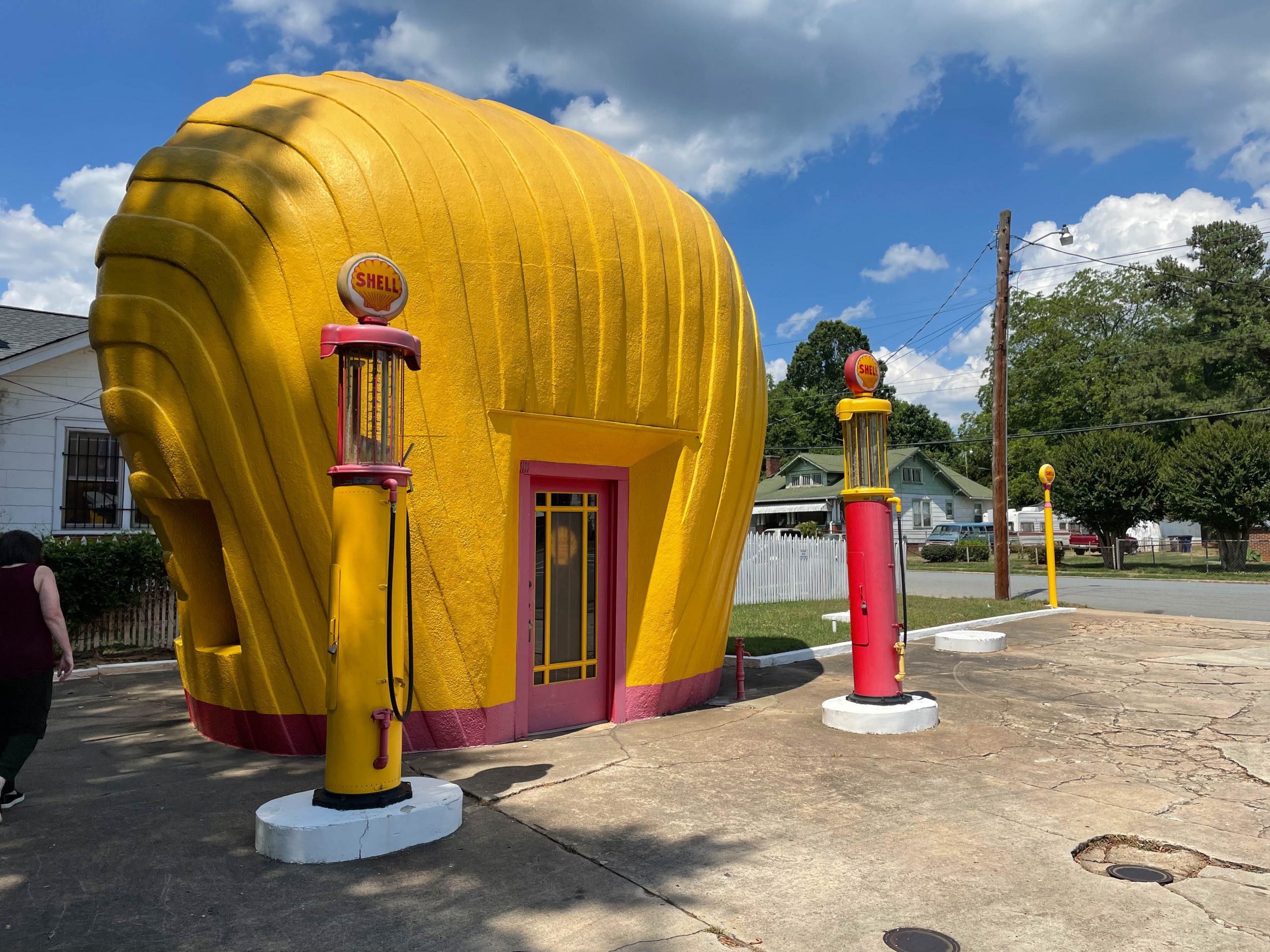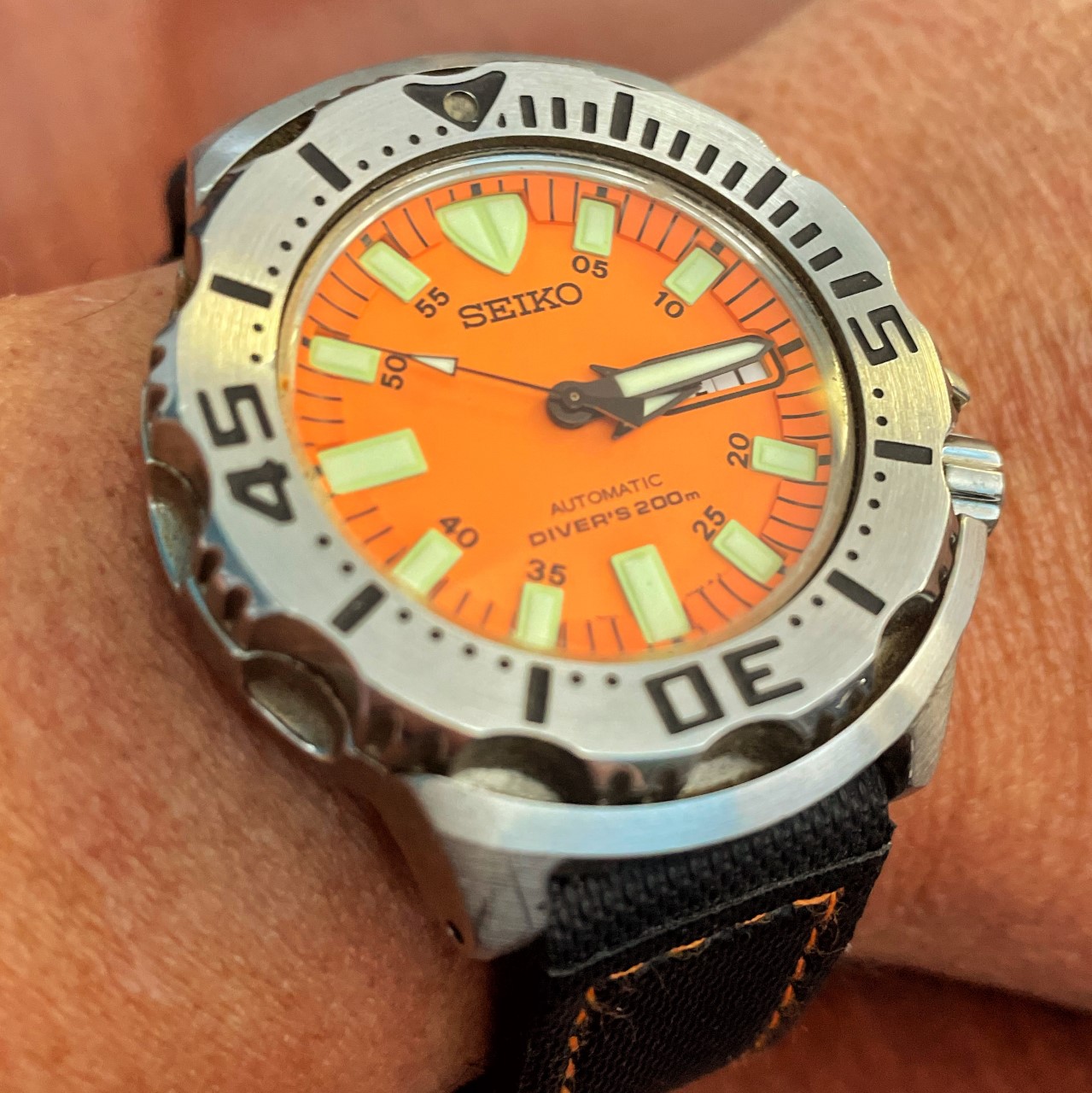The Last Clamshell
The last Shell gas station of its kind is in Winston Salem, NC.
Joy & Timekeeping
What happens when you leave your smartwatch at home and strap on a mechanical analog timepiece? Joy. Here's what I didn't notice as I fell into the habit of wearing…
Hanging Rock State Park
Spring's bearing down on us. I could feel it when Eli and I took the dogs for a hike to Window Falls at Hanging Rock.
A New Gig
Next week I'm starting a new chapter in my professional life. After 15 years as a solo consultant and orchestrator of what I call a "creative collaborative," I'm joining Reuben…
Best of 2020: Pandemic Journal
Everybody has their best-of lists, so let me be humility-free and offer Pandemic Journal for consideration. It compresses the ridiculousness of 2020 into an hour of reading/guilty pleasure that generated…
T1D Then and Now
A panel discussion about generational changes in diabetes technology, including yours truly. I felt like a human time capsule. Kudos to the folks at JDRF and Beyond Type 1 for…
Reader Update: The Fox-Con
Grifters often have a blind spot when it comes to detecting one of their own kind, so we shouldn't be surprised to see the latest chapter of the Wisconsin-Foxconn saga…
Pandemic Journal Shares Favorite Holiday Recipes
Columbus Day finds the Pandemic Journal staff gathering in the lunchroom to raise a toast to a few hundred years of unfettered genocide. As is our custom, staff members are…



